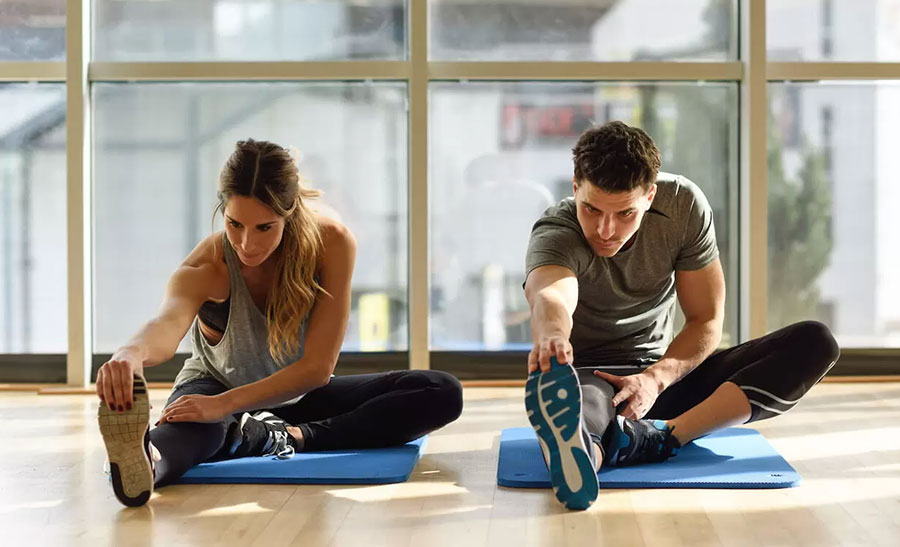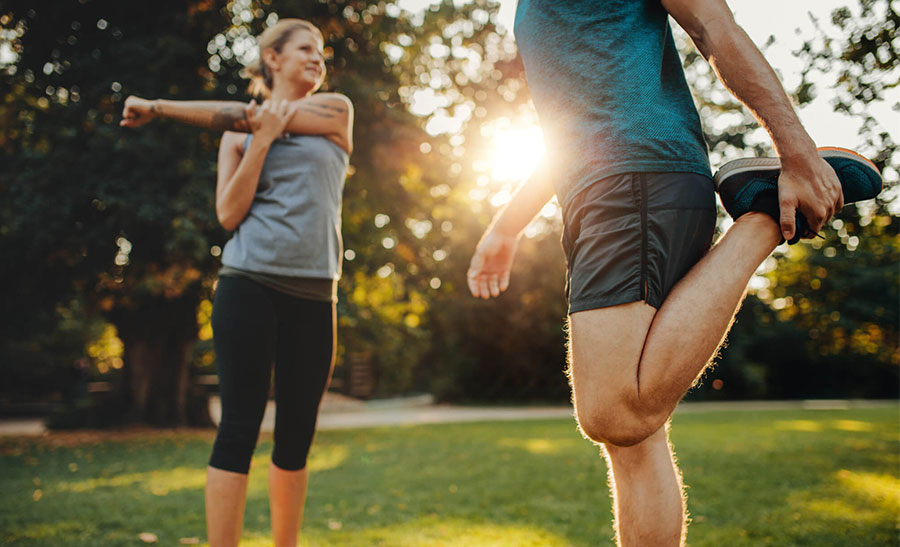Fit for Two: Exercise Guidelines During Pregnancy
- 13 Apr - 19 Apr, 2024

A stretching and mobility regimen that is specifically designed for your body and movement patterns is the best. In other words, your work should complement the other activities you find enjoyable. If you enjoy running, you might want more hip mobility; if you enjoy swimming, you might want more shoulder and back flexibility. In the long run, this will benefit you more than concentrating on Instagram-worthy poses like the splits or a downward dog with legs perfectly straight, which can be discouraging or may not have much to do with your other fitness objectives. According to Haas, a good place to start is to concentrate on getting out of the positions you find yourself in most of the day, such as hunching over a computer. For instance, the typical desk worker likely has tight hip flexors and hamstrings from sitting for hours on end, as well as tight chest muscles from leaning forward. They might gain from performing exercises to loosen up as a result.
Make sure your body is warmed up before you begin stretching or mobility exercises if you want them to feel good and be as effective as possible. Keeping your body warm will enable you to move through your ranges of motion more deeply while lowering your risk of injury. Additionally, it will probably feel less uncomfortable, which is very important for motivating you to continue the practice. After a workout, when your joints are likely well-lubricated, your tissues are warm, and your blood is flowing, is a great time to perform a dedicated mobility session. Jumping jacks, arm swings, and other basic exercises are good to do if you're doing a standalone stretching session before a workout.

Mobility tools – which include objects like foam rollers, massage guns, massage balls, and sticks – can help release tension and lengthen muscles in a similar way to stretching. They can be used independently or concurrently with static or dynamic stretches. Some of the more compact and portable tools, such as massage balls and sticks, are simple to carry around and use while you're on the go, making them a useful addition to your routine.
Gaining the most benefit from your stretches requires an understanding of proper stretching mechanics, or, more simply put, what a stretch should feel like and where in your body it should be felt. Being aware of the purpose of a particular stretch is a key component of this. Let's say you want to stretch your calves. This exercise's goal is to stretch your calf muscles, as its name suggests. According to Haas, if you try to do it and feel a pinch in the front of your ankle, it's a sign that your mechanics are incorrect and that you aren't actually stretching your calf. Stop what you're doing in that case and double-check your form until you feel it in the proper place. If you're unsure of the appropriate form means, enlist the help of a certified personal trainer or physical therapist.
One way to get and stay consistent with stretching and mobility work is to weave it into your daily routine. Anything is better than nothing.” Even a couple of minutes can be helpful. By doing small bursts of mobility work during the day, it takes the pressure off of having to dedicate a larger chunk of time to it. Small bursts also help break up sedentary patterns so that you’re not spending as much time locked in the same position. In turn, this can reduce how stiff you feel overall and thus reduce the amount of mobility work needed to combat that stiffness.
COMMENTS